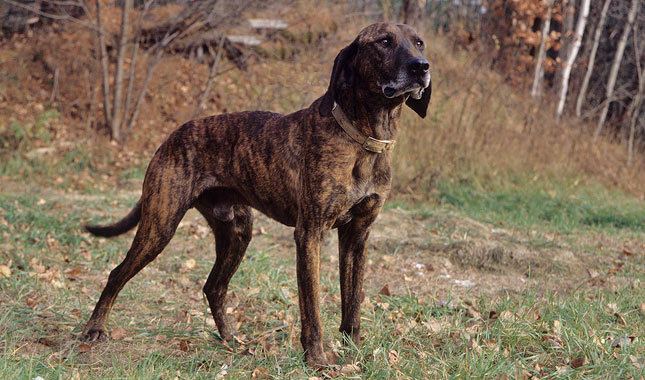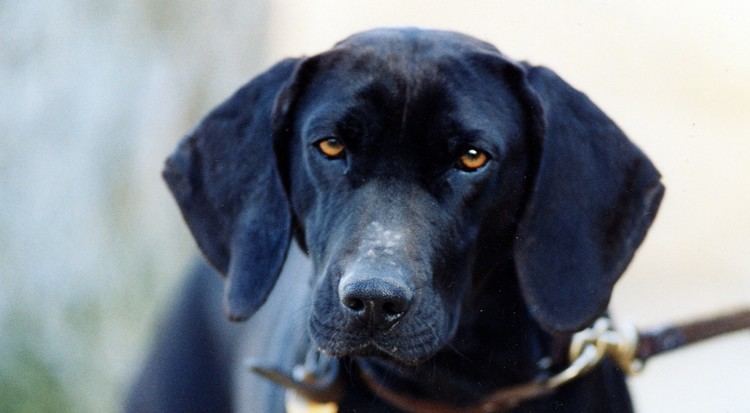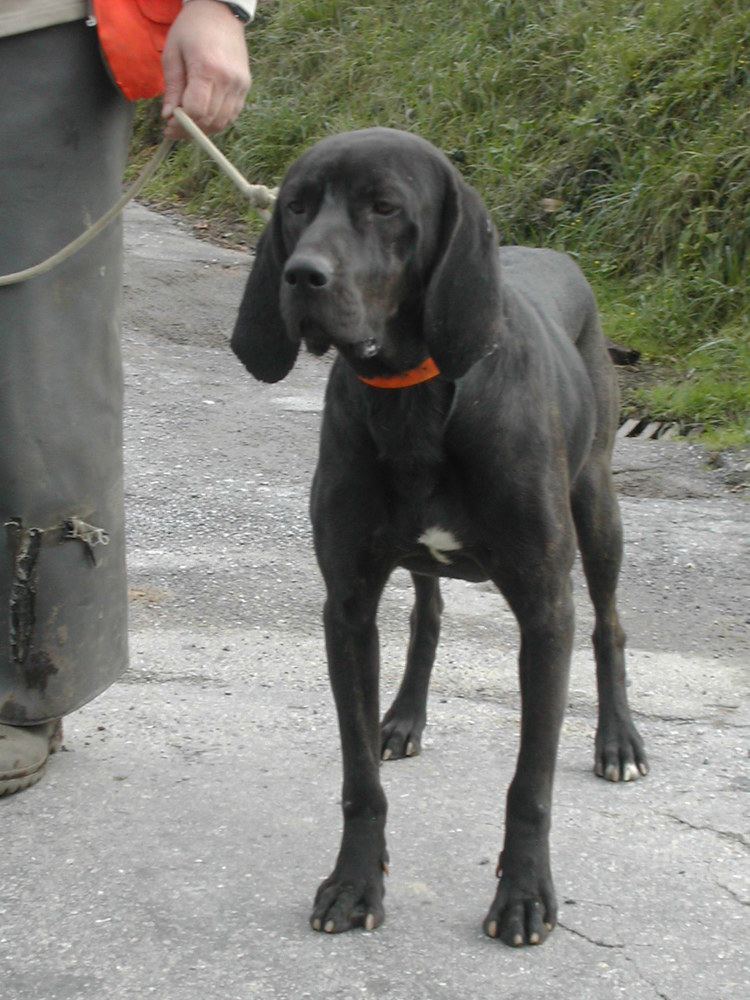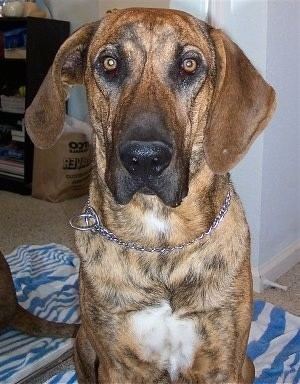Other names PlottPlotthund Hound Group standard Scenthound Group standard Origin North Carolina, Germany | AKC Hound Group UKC Scenthound Group Life span 12 – 14 years | |
 | ||
Notes State dog of North Carolina Temperament Bold, Alert, Loyal, Intelligent Height Female: 50–58 cm, Male: 50–71 cm Weight Female: 18–25 kg, Male: 23–27 kg Colors Black, Blue Brindle, Brown Brindle, Tan Brindle, Red Brindle, Black Brindle Similar Black and Tan Coonhound, Bluetick Coonhound, Treeing Walker Coonhound, Redbone Coonhound, American Foxhound | ||
History of the plott hound waynesville nc
The Plott Hound is a large scent hound, originally bred for hunting boar.
Contents
- History of the plott hound waynesville nc
- Plott hound dog breed
- Description
- Appearance
- Coat and color
- Size
- History
- References
Plott hound dog breed
Description

The Plott Hound is one of the least known breeds of dog in the United States, even though it is the state dog of North Carolina.
Appearance

The Plott Hound should be athletic, muscular, and agile in appearance. It should be neither low-set and heavy, nor leggy and light: it has medium build. Its expression should be one of intelligence, confidence, and determination. Its skin should not be baggy like that of a Bloodhound. The Plott is a strongly built yet moderate hound, with a distinct brindle-colored coat. Its appearance suggests the capacity for speed, stamina and endurance. The Plott may have an identification mark on it that is used to identify the dog when hunting. Such a mark is not penalized in conformation shows.
Coat and color

The Plott Hound's hair should be fine to medium in texture, short or medium in length, and have a smooth and glossy appearance. According to the National Plott Hound Association, the dog's hair should be brindled. Brindled is defined as "Finely streaked or striped effect or pattern of black or tan hairs with hairs of a lighter or darker background color. Shades of colors accepted: yellow brindle, red brindle, tan brindle, brown brindle, black brindle, grey brindle, and maltese (slate grey, blue brindle)." Acceptable colors are any of the above-mentioned brindles. Black with brindle trim in the alternative. The Association dictates that while some white on chest and/or feet is permissible, white anywhere else is a fault.
Size

A Plott Hound should measure approximately 20 to 25 in (55 to 71 cm) at the withers for males, 20 to 23 in (53 to 63 cm) for females. Males should weigh 50 to 60 lb (23 to 27 kg). Females should weigh 40 to 55 lb (18 to 25 kg).
History

Of the seven breeds of United Kennel Club (UKC) registered coonhounds, the Plott Hound does not trace its ancestry to the foxhound. And, of those seven breeds, we can be most certain of the Plott’s heritage and the men most responsible for its development.
The ancestors of today’s Plott Hounds were used for boar hunting in Germany many years ago. Originally from Germany, in 1750 Johannes “George” Plott emigrated to the English colony of North Carolina. He brought a few wild boar hounds (five Hanoverian Hounds, used for bear and boar hunting) with him. These dogs had been bred for generations for their stamina and gameness. George and his wife Margaret (Undocumented Maiden Name) with their family settled in the mountains of western North Carolina. Though there is no evidence that George ever came to western North Carolina, his son Henry settled there around 1801 to 1810 (as census discloses) and was responsible for the Plott hound legend of an incredible big game dog. The Plott Balsams are a mountain range that carries the family name to this day.
Plott supposedly kept his strain entirely pure, making no outcrosses. In 1780, the Plott pack passed into the hands of Henry Plott.
Shortly after, a hunter living in Rabun Gap, Georgia, who had been breeding his own outstanding strain of “leopard spotted dogs” heard of the fame of the Plott Hounds and came to North Carolina to see for himself. He was so impressed that he borrowed one of Montraville Plott’s top stud dogs for a year to breed to his own bitches. This single cross is the only known instance of new blood being introduced into the Plott Hound since it first came to this country. Eventually Mont decided not to continue this breeding practice and gave all the leopard dogs away, returning to his original breeding practices.
Other crosses possibly took place around the year 1900. G.P. Ferguson, a neighbor of the Plott family in North Carolina in those days, was a major influence on the Plott breed. He made a careful study of the Blevins hounds and the Cable hounds of that era. The extent to which he used these bloodlines in his Plott breeding program is not known.
The Plott Hound was first registered with the United Kennel Club in 1946. Plotts were recognized by the American Kennel Club in 2006 and were exhibited at Westminster Show in 2008.
